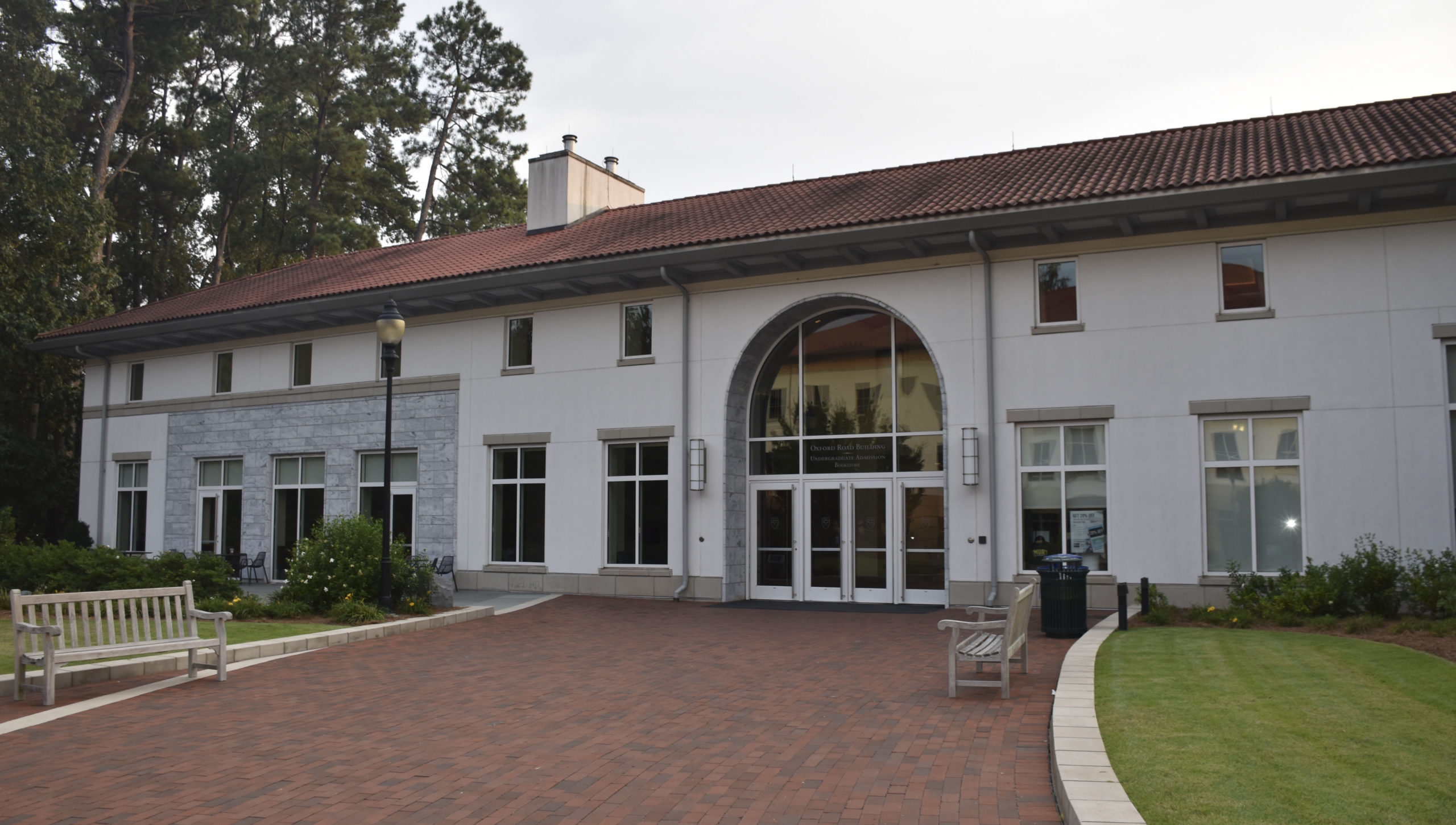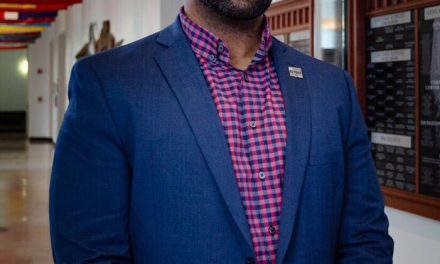Emory University’s fall 2021 transfer student population stands at 215 students, a 49% increase from the previous year. According to the Office of Institutional Research and Decision Support, 144 students transferred to the University in fall 2020, an increase from the 96 transfer students in fall 2019.
The transfer admit rate this year was roughly the same as last year’s according to the Office, standing at 34% and 33% respectively. However, the rates saw an increase from the 23% acceptance rate for the fall 2019 class.
Online classes, the lack of on-campus activity and travel restrictions brought on by the pandemic played a major role in some students’ decision to transfer.

Emory Admissions Building. (The Emory Wheel/Matthew Friedman, contributing writer)
Jeeya Sharma (24C) attributed the long distance from her home in Louisiana coupled with rapidly changing travel restrictions as important factors in her decision to transfer from Middlebury College (Vt.).
“COVID played a huge role in my decision,” Sharma said. “Emory is much closer to my hometown, and given my own and the world’s circumstances, it made sense for me to attend a university closer to home.”
Previously enrolled at Binghamton University (N.Y.), Jia Zeng (24C) sought a university that aligned more with her academic goals. Zeng cited a strong economics program and increased academic rigor when reflecting on what motivated her to apply to Emory.
“I wanted something more academically rigorous than my previous university,” Zeng said. “Emory’s strong reputation in business and the opportunities offered were some of the main reasons for applying to Emory.”
Despite the difficulties she encountered during her transition such as managing a large course load, Grace Song (24C) said her transfer from Rhodes College (Tenn.) has been a positive academic and social change.
“The transition has been great,” Song said. “I got to meet lots of new transfer students and spend time with them. Academically speaking, I think I’m also doing well, but the workload is definitely heavier than I expected.”
While all of the transfer students interviewed made valuable connections to their peers and professors in their first few months at Emory, many also acknowledged the difficulties of being a transfer student such as making friends with a cohort who already knew each other.
Julia Hu (24C) hoped to find a smaller, closer-knit student body after transferring from the University of California, Santa Barbara. Before transitioning to Emory, Hu was anxious about starting the semester since she worried it would be difficult to make meaningful connections.
“I was very afraid at the very beginning of the semester because I thought that all other people already knew each other, and it would be super hard for me to join them,” Hu said.
To overcome the initial challenges of adjusting to a new environment and finding a friend group, Hu said she took advantage of the myriad of clubs and resources Emory offers.
“The professors, TAs and students are so nice,” Hu said. “They not only help me academically but also provide me with opportunities to get more involved in Emory. For example, I have joined two clubs, constantly talked with professors after class or during office hours, have my friends and joined meetings to listen to other people’s career path and stories.”
Science & Research Desk | Julia Laszcz (she/her 24C) is from Bergen County, New Jersey, majoring in neuroscience and behavioral biology and English. Outside of the Wheel, Laszcz is a writer for Grey Matters. Laszcz also is a volunteer for her town’s ambulance corp. She likes to cook new recipes and play with her dog.





